Description
While the bill was used by foot soldiers throughout Europe, it was most commonly found in Italy and England. The English bills differed from those of all other parts of Europe, with a very unique open socket for mounting on the wood haft. This example shows the crude hand-forging typical of English bills, with broad 8 1/4″ head featuring a sharp cutting edge and forward-facing sharpened hook; the rear with a separately forge-welded thick, flat, upturned hook. Integral forged open ferrule with lapped seam, mounted on later round-section oak haft. Metal cleaned, showing hammer marks and lamination; one small chip near the tip. Length of metal 12″, overall length 77″. According to Laking, the bill was the most common staff weapon in medieval England, citing the Royal Armouries= inventory as recording 6,700 bills in the mid-sixteenth Century. It seems unlikely that the bill would have been effective against an armoured opponent, but it=s hooks and sharp-edged blade would have made it a good weapon for unhorsing a rider by grabbing or cutting the reins or cutting the horse=s legs. Price includes shipping in the contiguous USA, the cost of which has doubled since Covid!

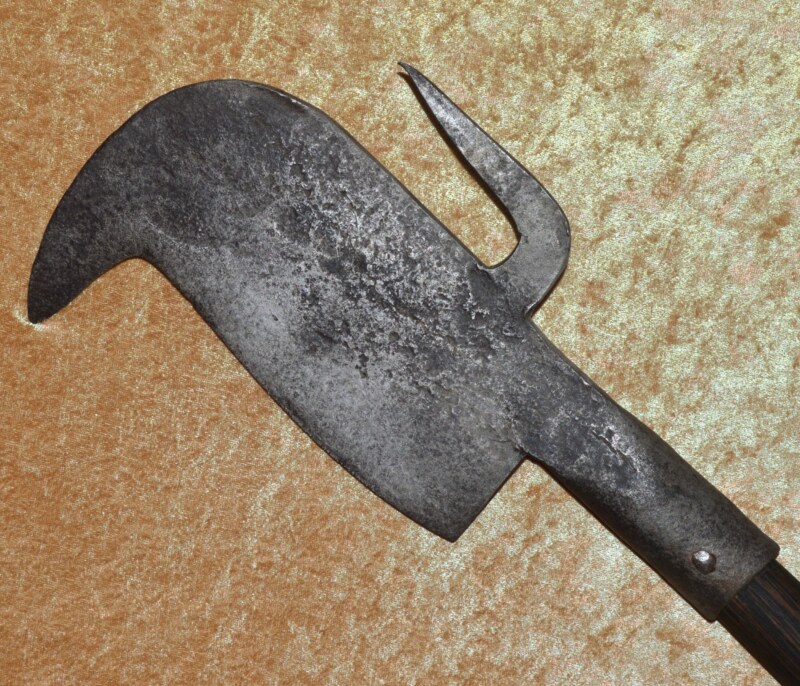
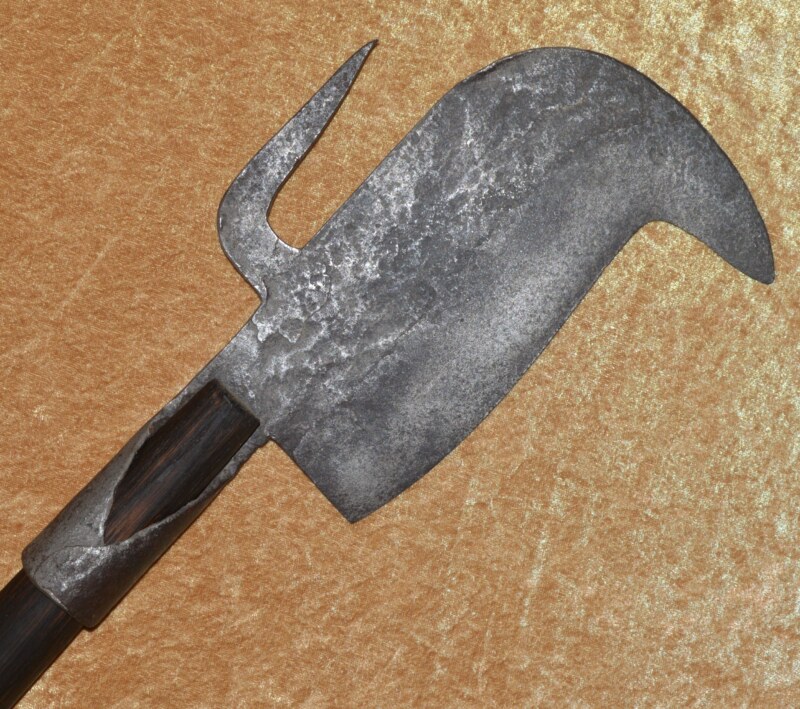
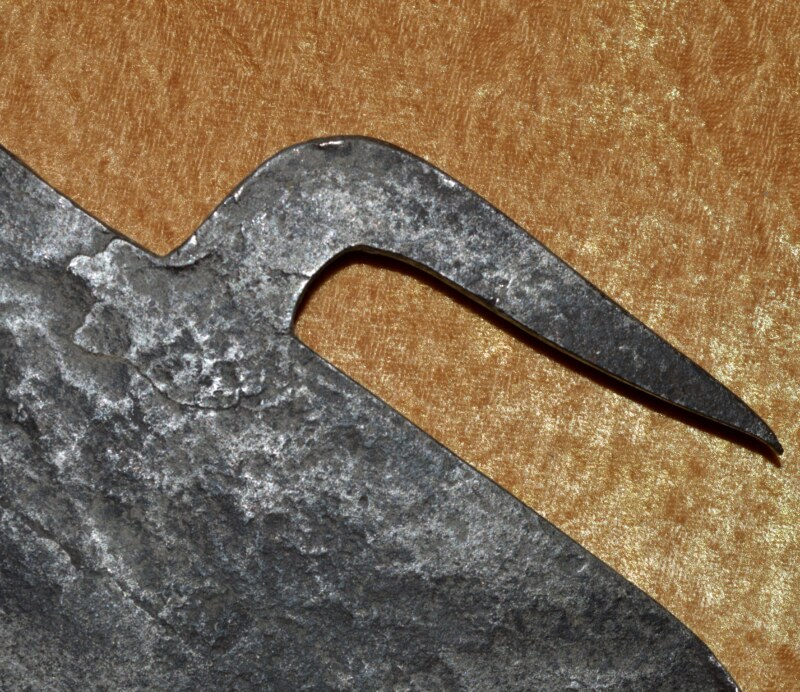
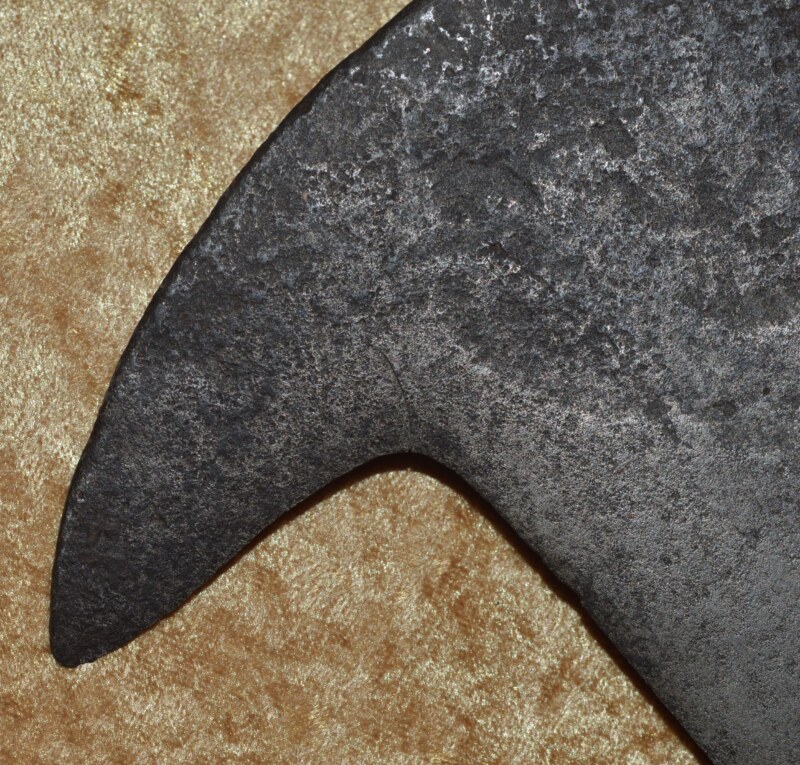
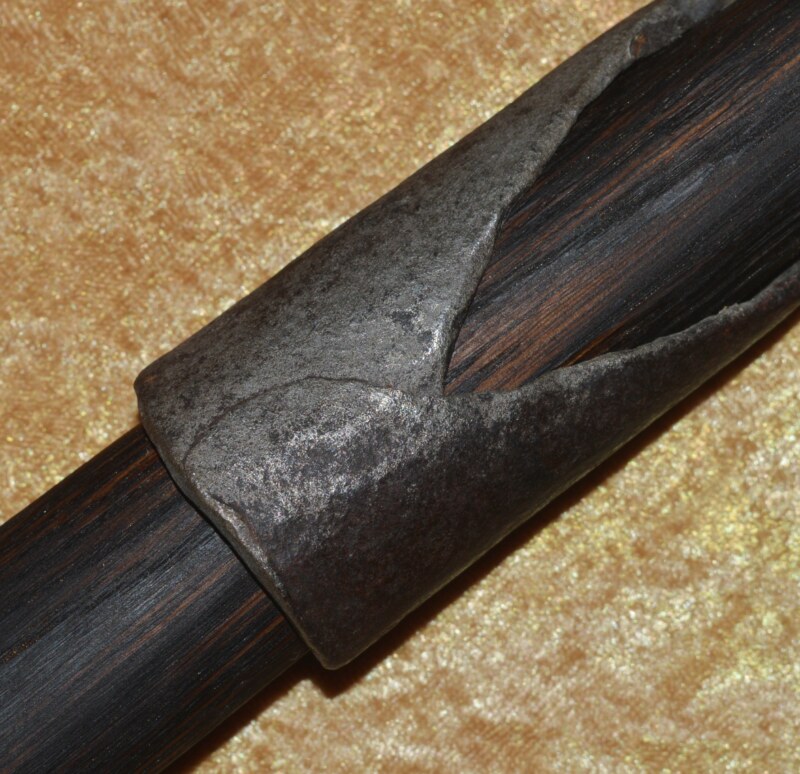
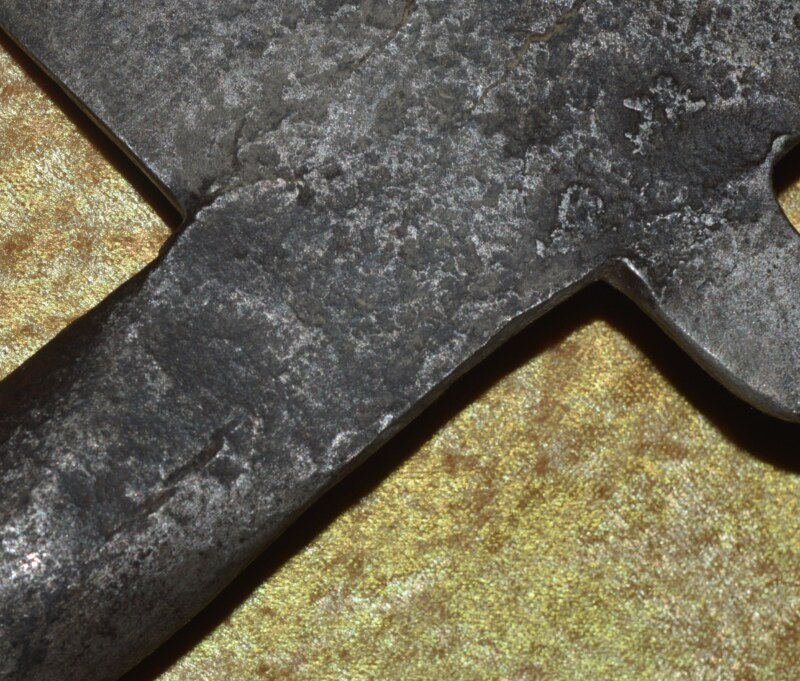
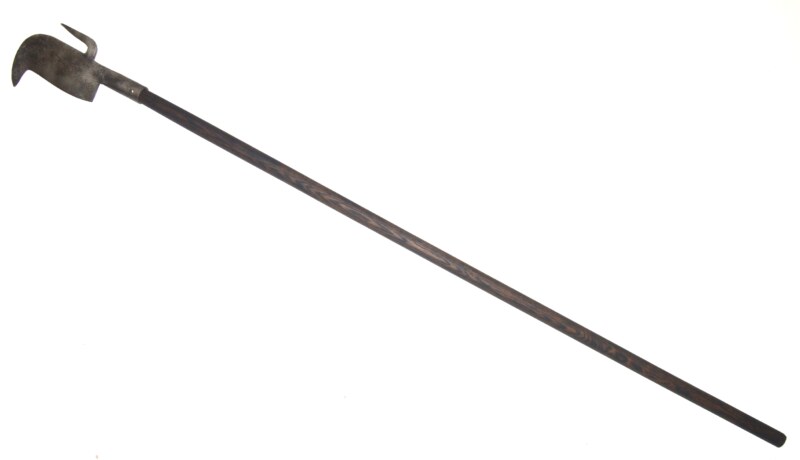
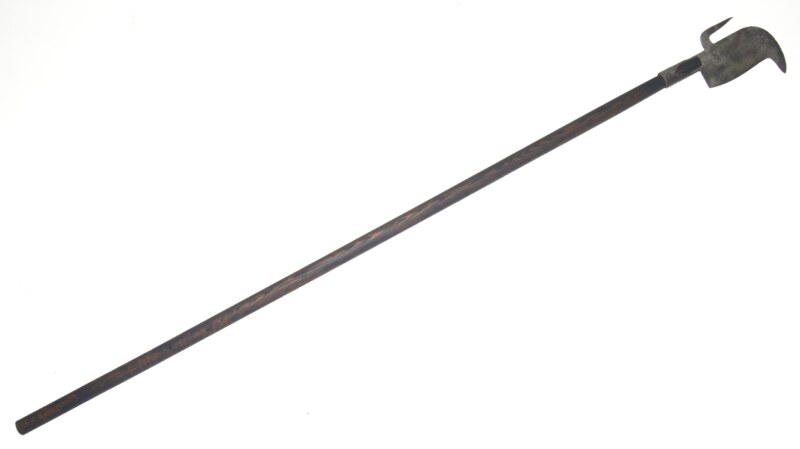

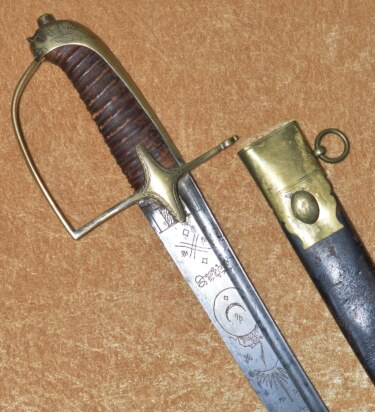 Hungarian Cavalry Officer’s Saber, 2nd Half 18th C
Hungarian Cavalry Officer’s Saber, 2nd Half 18th C 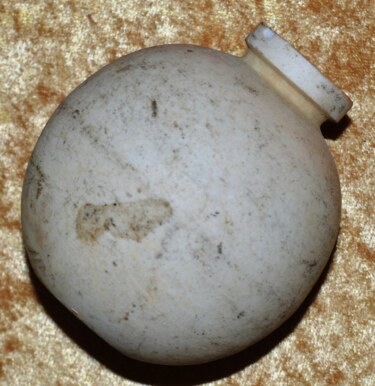 WWII Imperial Japanese Type 4 Ceramic Hand Grenade, Inert
WWII Imperial Japanese Type 4 Ceramic Hand Grenade, Inert 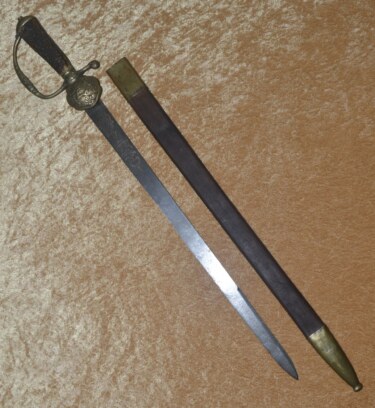 Austro-Hungarian Pandur Hunting Hanger, Mid-18th C
Austro-Hungarian Pandur Hunting Hanger, Mid-18th C 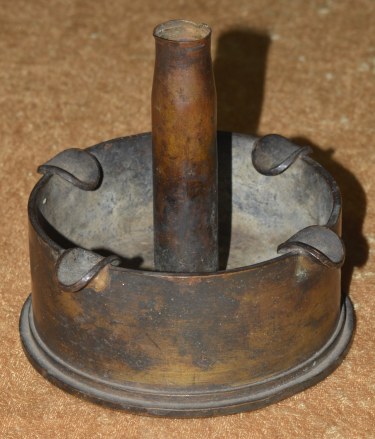 US WWII Trench Art Ashtray
US WWII Trench Art Ashtray